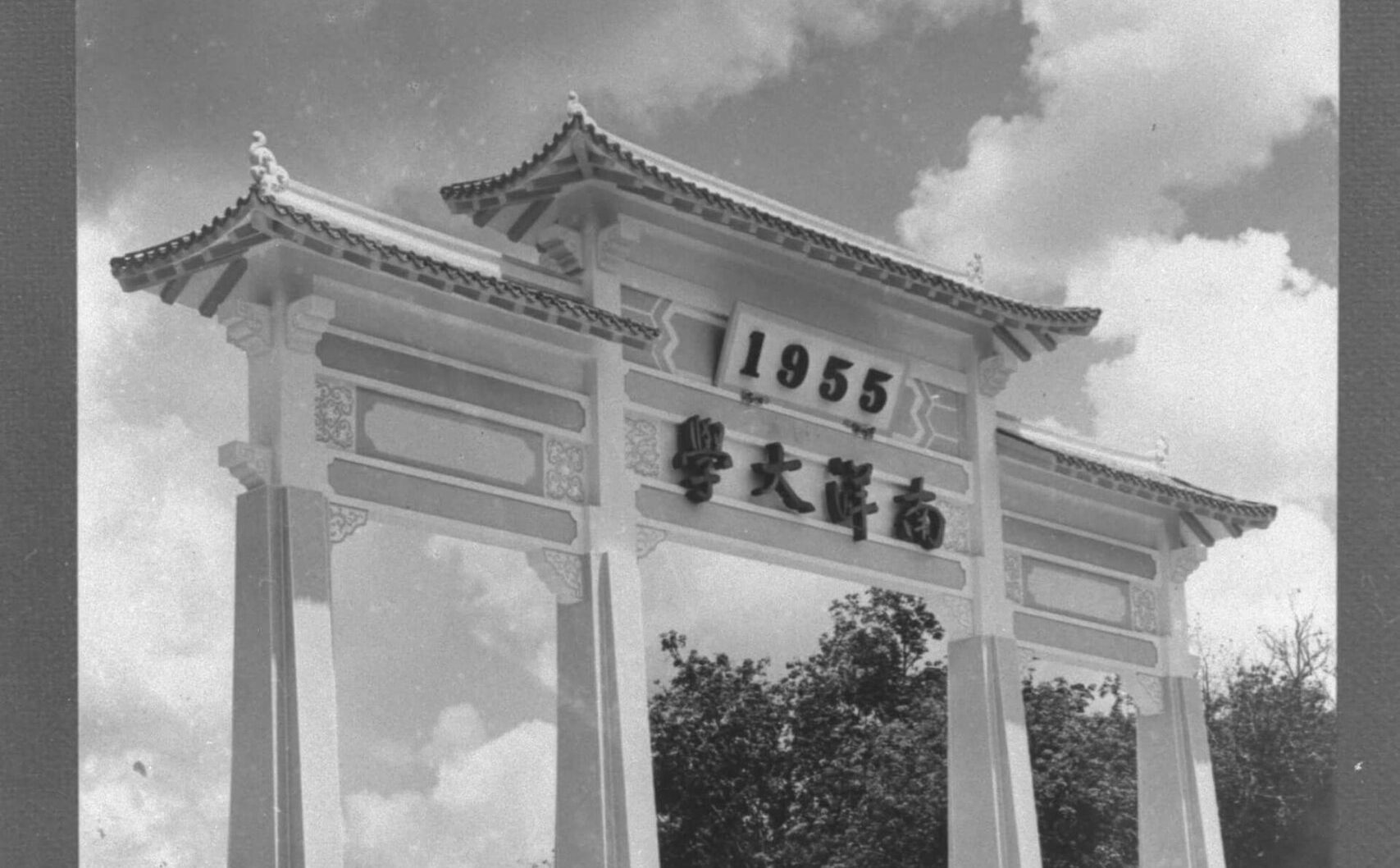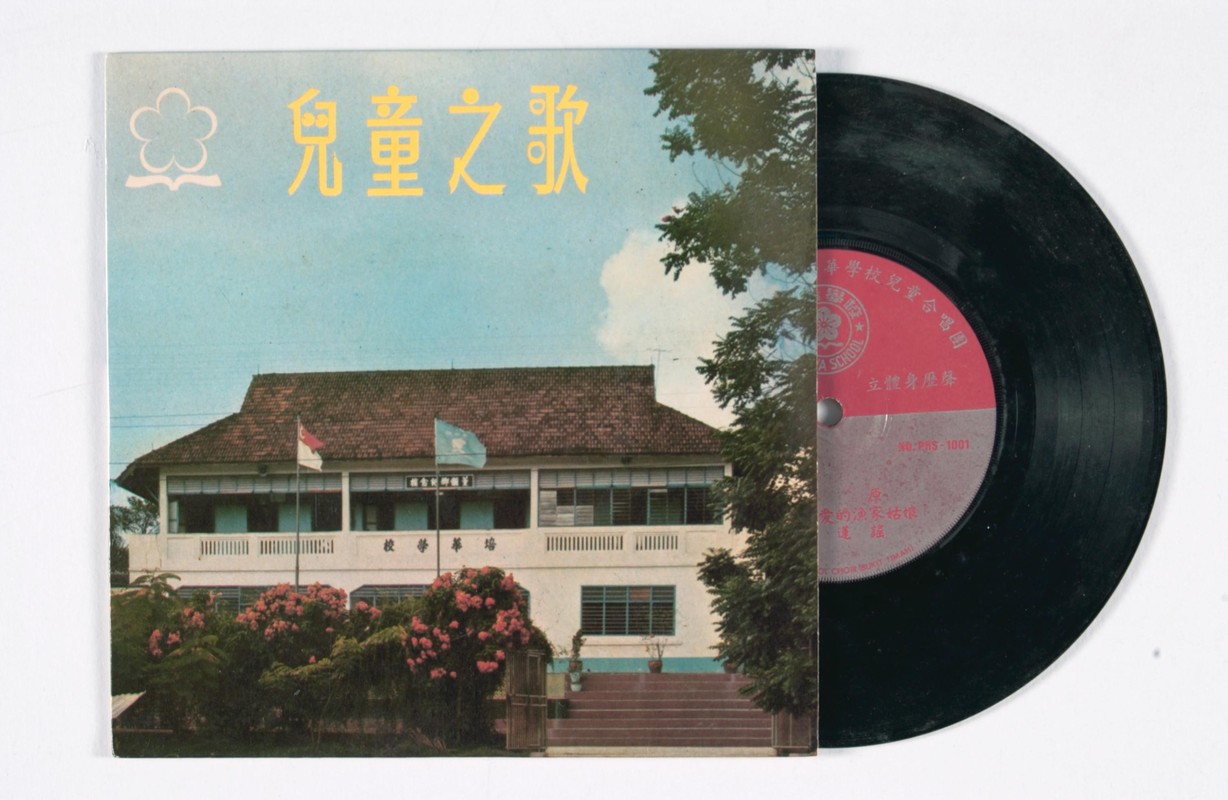萌芽中的新加坡本土意识:华文教育的蜕变(1950年代前后)
在殖民地时代,华校除了具有本地华社民办的性质,也具有华侨学校的定位。而后者的属性,宣示着华校与中国保持着千丝万缕的联系,涉及到受教育者的身份归属、国家认同的大问题。因此,在新加坡即将取得自治,并逐渐发展成为一个独立的国家之际,华校的身份认同不得不经历一次重大的改变。
为华侨而设的学校
1949年1月间,华文文教界资深人士张瘦石(1898-1969),在报章上连续发文,力主本地华校应保持其侨校定位。由于当时大多数新加坡华人的身份仍为中国侨民,张瘦石遂认为“多由侨团创立”的华校,其宗旨实在于“教育(华侨)子女,俾他日长大,在当地为一善良之公民,回祖国亦不失为中国之有用国民”。
他认为,“中国文化有其悠久之历史,中国教育有其独立与完整之体系”,所以“华侨在海外需要自设学校以教育其子女”。而且,“照目前而论,当地华侨作久居(英属)马来亚之计者,仅限于世代土生与事业既有基础者。此外类多暂留性质,大局平定,即将携家返国。后者不容说,即前者亦颇有切愿其子女受华侨教育者”。
所以,张瘦石认为,当地政府必须尊重“华侨教育之独立与自由”、“民族自择教育之权利”,作为华侨学校的华校,因此“实有保持现状之必要”。1
张瘦石的看法是有民众基础的。根据《南侨日报》于1947年3月至6月间,对当地华侨进行的一项“关于马来亚未来政制”的民意测验,参与这项调查的2万4000余人之中,95.6%愿意在“不脱离中国国籍”的情况下,选择“做马来亚公民”;但只有3.1%的人愿意在“脱离中国国籍”的情况下,选择“做马来亚公民”。2由此可见,当时张瘦石的意见可能是相当具有代表性的。
本土意识的成型
进入1950年代以后,情况则有了很大的改变。除了国际局势,最为关键的是新加坡的自治及马来亚联邦的独立进程已如火如荼地展开,本土意识日益强烈。这些发展,使到“华侨学校”的坚持,显得越来越没有着力点。相反的,把华校发展为华裔新加坡人的母语源流学校的抉择,已成为势在必行的选项。以前的一些观念和坚守,不得不为新形势的到来而让路。


在这历史的关键时刻,一些能认清大局的华文文教团体挺身而出,积极发挥影响力。它们一方面吁请政府,要“依据联合国宪章,使民主国度中各民族应有的,学习母语的基本权力得到绝对之保障;让成为一个民主自治之邦的新加坡内部之中英马印民族的学校,地位平等、津贴分配公平”。
另一方面,这些团体亦引导群众意识到,在新加坡成为一个民主自治邦之后,作为本邦整个教育体系之一环的华校,其任务已不能再是维系中国身份的“侨教”,而必须转型成为给新社会“造就良好公民”、为本邦华族提供“母语教育”的华校。3
华文教育界的主流力量所发出的这些呼吁,对华校顺应时代变革而转型,发挥了一锤定音的作用,使华文教育得以顺利完成其历史蜕变。
| 1 | 张瘦石,“为华侨下一代着想”,《南洋商报星期刊》。1949年1月9日,第1、2版;张瘦石,“新加坡十年教育计划华侨教育辅导方案”,《南洋商报星期刊》,1949年1月23日,第1、2版。 |
| 2 | 崔贵强,《新马华人国家认同的转向1945-1959(修订卷)》(新加坡:新加坡青年书局,2007),页183-192。 |
| 3 | “新加坡华校联合会在‘新教育政策’未公布前,再贡献其刍见”,《南洋商报》,1955年11月7日,第5版。此文亦收录于高鸿铿编,《华校联合会廿周年纪念特刊》(新加坡:新加坡华校联合会,1967),页36-38。 |
叶钟铃、黄佟葆编,《新马印华校教科书发展回顾展》。新加坡:华裔馆,2005。 | |
许甦吾,《新加坡华侨教育全貌》。新加坡:南洋书局,1950。 | |
吴华,《新加坡华文中学史略》。新加坡:教育出版社,1976。 | |
郑良树,《马来西亚华文教育发展史》第一分册。吉隆坡:马来西亚华校教师总会,1998。 | |
高鸿铿编,《新加坡华校联合会廿周年纪念特刊》。新加坡:新加坡华校联合会,1968。 | |
唐青编,《新加坡华文教育》。台北:华侨出版社,1964。 | |
黄佟葆,〈1900-1941年新加坡华文教育的发展〉。收入叶钟铃、黄佟葆编,《新马印华校教科书发展回顾》。新加坡:华裔馆,2005。 | |
崔贵强,《新马华人国家认同的转向1945-1959》(修订卷)。新加坡:新加坡青年书局,2007。 | |
梁秉赋,〈开智启蒙、薪尽火传:从华文教育到华文教学〉。收入柯木林编,《新加坡华人通史》,页415-424。新加坡:新加坡宗乡会馆联合总会,2015。 | |
梁秉赋,《新加坡华校联合会史纲:千里之行始于足下,1946-1956》。新加坡:新加坡华文教育学会,2018。 | |
新加坡立法议院,《新加坡立法议院各党派华文教育委员会报告书》。新加坡:政府出版局,1956。 | |
新加坡教育部,《一九七八年教育部报告书》。新加坡:新加坡教育部,1979。 | |
潘星华编,《消失的华校:国家永远的资产》。新加坡:华校校友会联合会,2014。 | |
Doraisamy, T. R. 150 Years of Education in Singapore. Singapore: TTC Publication Board, Teachers Training College, 1969. | |
Lee, Ting Hui. Chinese Schools in British Malaya: Policies and Politics. Singapore: South Seas Society, 2006. |










